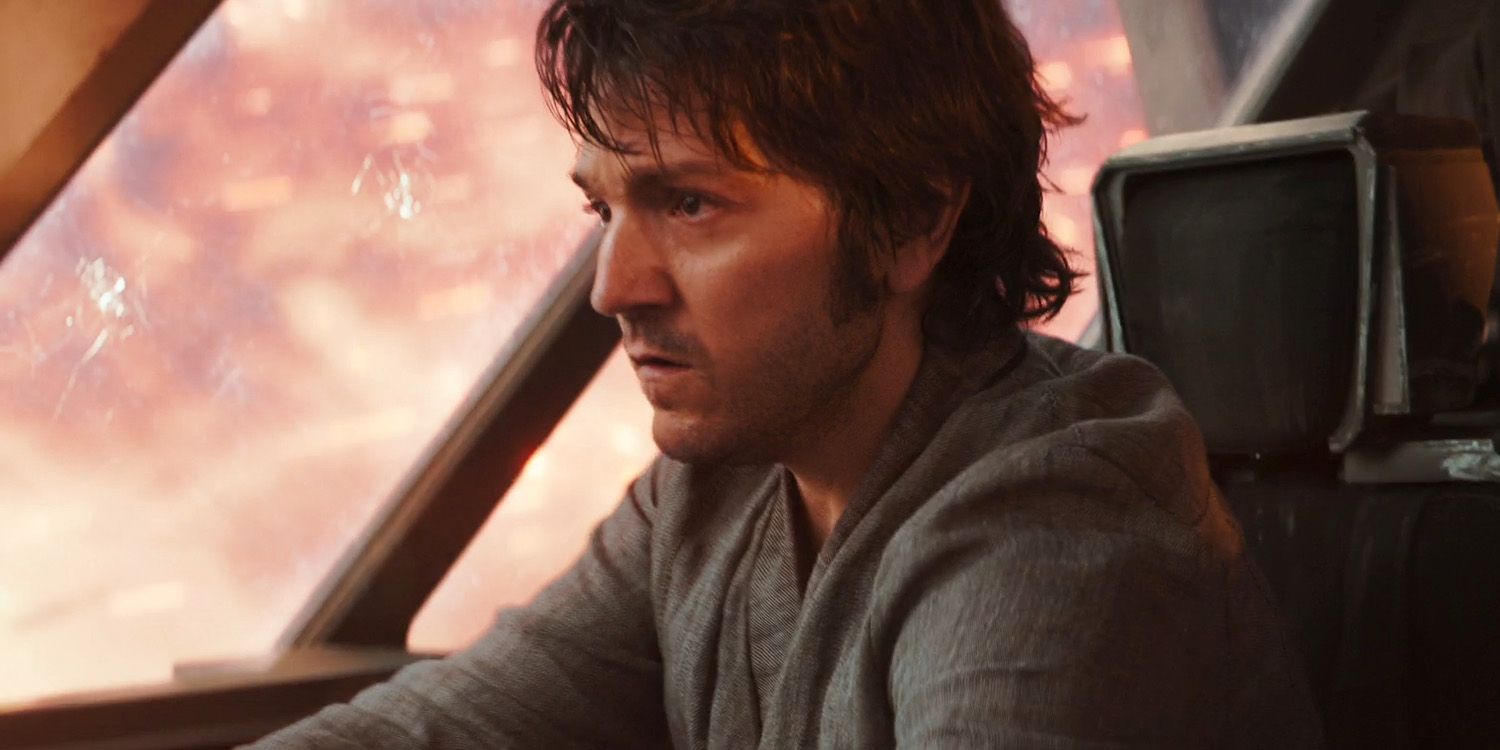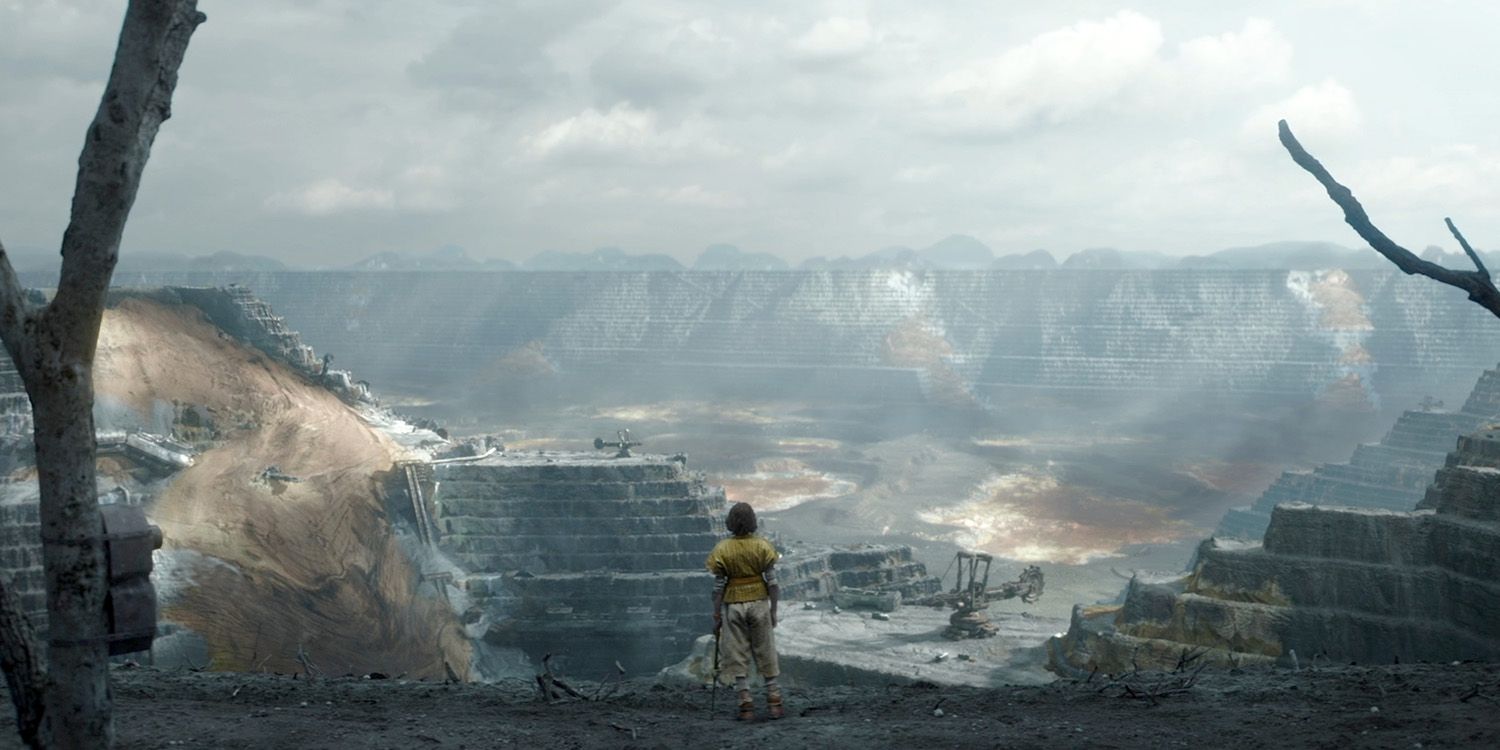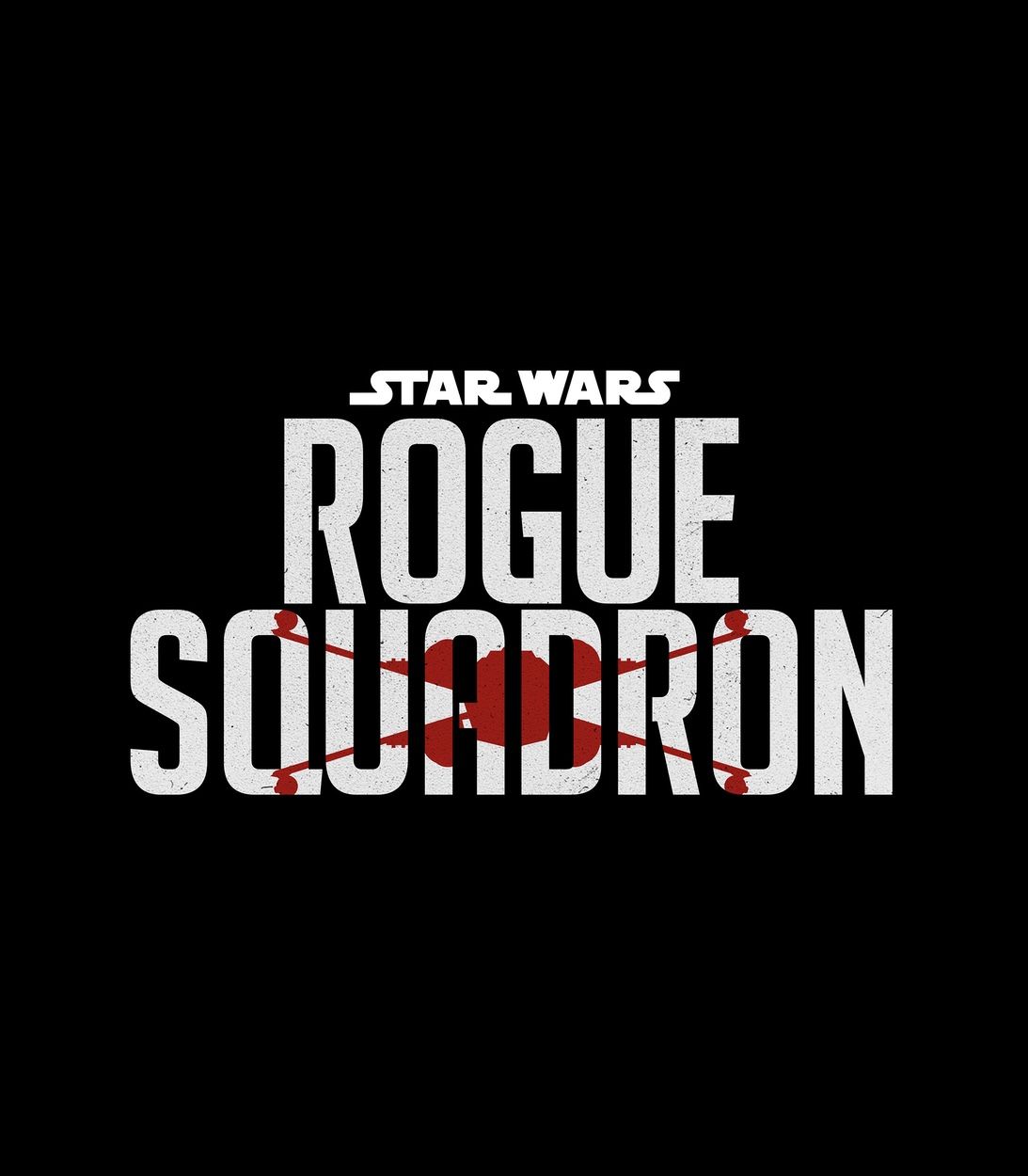Writer and showrunner Tony Gilroy revealed one significant way Andor differs from the other Star Wars television shows. The latest entry in the long-running science-fiction fantasy franchise will center on Cassian Andor (Diego Luna), a rebel spy who first made his debut in the popular Star Wars spinoff film, Rogue One: A Star Wars Story. Andor takes place five years before the events of Star Wars: Episode IV - A New Hope and will chronicle Andor's journey to becoming one of the most important members of the Rebellion's cause. Structured in blocks of three episodes, each tackling a year of Andor's life, the show offers a unique storytelling experience unlike anything seen in Star Wars.
While filming Rogue One, cinematographers had issues adequately lighting actors and spaceships during the space battle sequences; using large LED screens solved the problems. This inspired the creation of StageCraft, or the LED Volume, a technology used in modern VFX-heavy studio productions that employ an array of LED screens to display customizable backgrounds to simulate real-world locations. The Mandalorian was the first television series to utilize the revolutionary technology, and every subsequent Star Wars show has used the Volume until now.
In an interview with Empire, Gilroy revealed that Andor did not use the LED Volume technology during filming. The showrunner admitted that "We didn't use StageCraft at all," calling the series "old-school." Instead, the upcoming Star Wars series is shot on multiple elaborate physical and location sets to realize the alien worlds of the show entirely. Although the convenience of the Volume is gone, the actors appreciated the work at physical locations. Luna explained that "As an actor, it's beautiful. Everything is mechanical. You're interacting with real stuff." Fiona Shaw marveled at her character's house being physically constructed from old parts of a spaceship, adding, "I used to go out and just stare at it. Breathtaking."
Andor likely used real sets to ground the story and the cast, immersing both the actor and eventually the viewers within the gritty world of Andor. Using real-world locations for shoots provides a specific scale that CGI sets and the Volume have yet to achieve fully, although films have come quite close, as seen with the Volume's recent use to recreate Gotham in The Batman. Luna recalled that he had to traverse up a mountain for "hours" to film one shot but remarked that the vista was impressive, "All you can see around you is sky, trees, rivers, lakes. Amazing! Like being on another planet." Such a location only enhances immersion and believability for the viewers.
The original films of the first Star Wars trilogy could not simulate vast alien worlds on a computer like many modern science-fiction films can do today. Star Wars: Episode IV - A New Hope had its actors travel around the world to Tunisia to build sets and shoot in a real desert wasteland to wonderfully complete the effect that Luke Skywalker and his Aunt and Uncle were actually on the desert planet of Tatooine. Although the Volume and computer-generated visual effects can simulate those locations today, as VFX artists had for Obi-Wan Kenobi, there is still a palpable difference between what is real. Audiences will be able to judge the on-location scenes for themselves when Andor premieres on Disney+ on September 21.
Source: Empire



